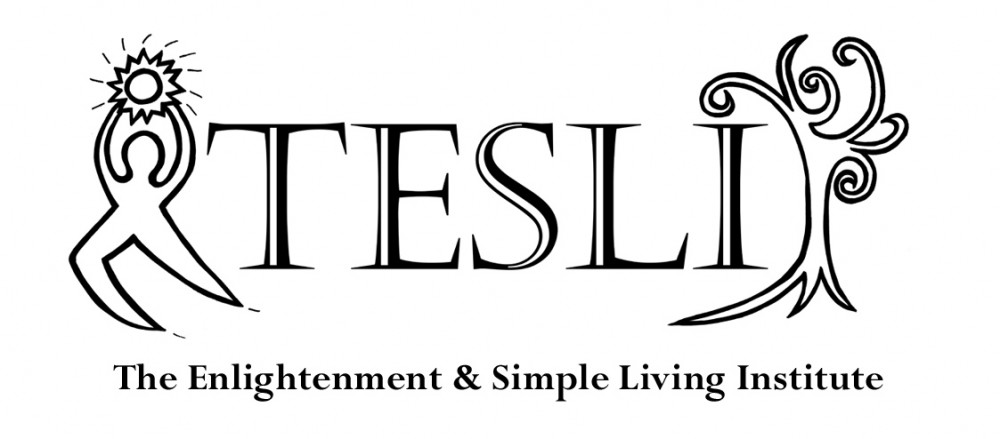 I have always been intrigued by some of the stories regarding Je Tsongkapa, a leading figure in Tibetan Buddhism. I was taught that he was able to be so prolific, and impart such great understanding of the difficult points of what the Buddha taught, due to the fact that he talked directly with Manjushri, the bodhisattva of wisdom.
I have always been intrigued by some of the stories regarding Je Tsongkapa, a leading figure in Tibetan Buddhism. I was taught that he was able to be so prolific, and impart such great understanding of the difficult points of what the Buddha taught, due to the fact that he talked directly with Manjushri, the bodhisattva of wisdom.
Spiritual traditions have a tendency to accumulate errors over time, especially in the hands of less realized humans that introduce their own ideas based on thought and not on actual practice and realization. In the 14th century, Tibetan Buddhism was in such a shamble. Je Tsongkapa took Tibetan Buddhism, studied with all the great masters of the time, and then cleaned the traditions up by teaching and writing over 10,000 pages of detailed commentaries (without an iPad). He essentially reorganized Tibetan Buddhism and founded the school that started the tradition of the Dalai Lamas.
Since I have many friends and associates that have direct contact with “spirit guides”, it is not surprising to me that Je Tsongkapa could talk to Manjushri, however, it is surprising to me that Je Tsongkapa could not talk directly with Manjushri at first. Indeed, when he was in his thirties he went to another person (Lama Umapa) that had direct contact with Manjushri. He would take his questions to Lama Umapa, who would then get the answers from Manjurshi. As such he began studying with Lama Umapa or should we say Manjushri via Lama Umapa.
Later, after a four year retreat, Je Tsongkapa had cleared enough personal obstacles to be able to “see” Manjushri himself. The Lama Tsongkhapa website site tells this marvelous story in detail. Worth the read.
The part that always intrigued me was the fact that if Lama Umapa was able to speak to Manjushri directly, why didn’t he write 10,000 pages of commentary and become the person that reorganized Tibetan Buddhism? It is intriguing that some people that have “supernatural” gifts have “lower” realizations than people without those gifts. But wait, here I am judging Lama Umapa as lower simply because he didn’t manifest more. Actually, he may have simply a different karma. Perhaps he was already enlightened when he met Je Tsongkapa, but did not have Je Tsongkapa’s desire to write or teach.



